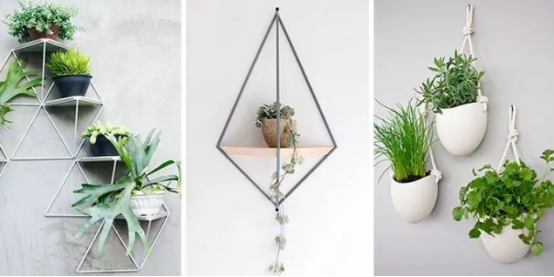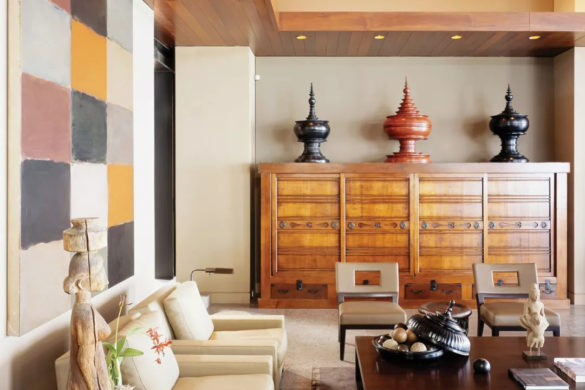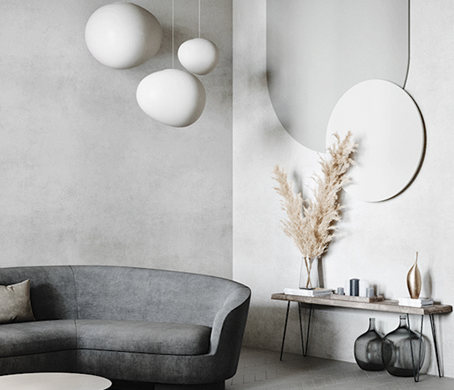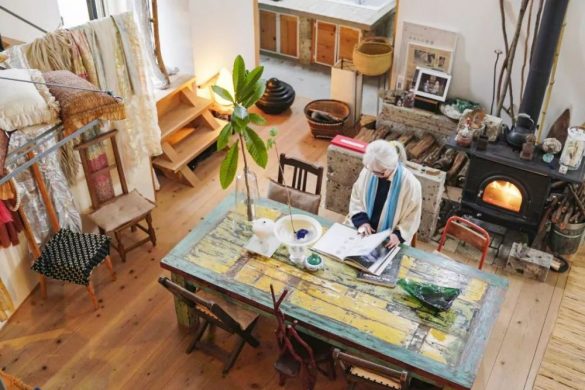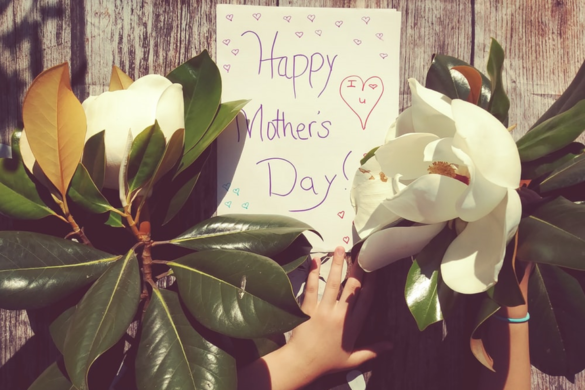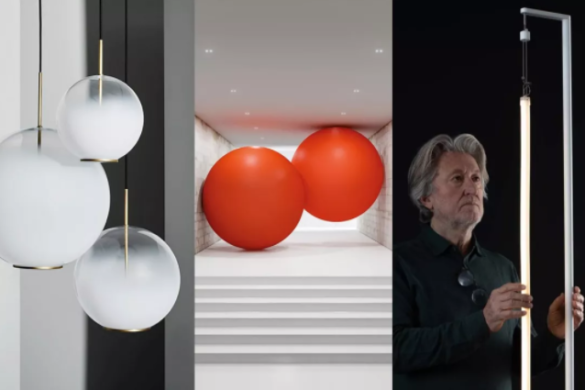Clothing, towels, curtains, bedding… Fabric is an integral part of our everyday life. A Japanese designer has made a variety of unique fabrics with her creative ideas. For instance, she wove stainless steel fibers into cloth and set fire to the cloth, creating burn marks for added aesthetic.

She also created this “origami textile.”

The reusable bags made of that fabric are uniquely beautiful. Additionally, they can be folded for easy storage.

More than 150 pieces of her work are in permanent collections at world-class museums, including the Museum of Modern Art (MoMA), the Metropolitan Museum of Art, and the Tokyo National Museum of Modern Art.
She met Junichi Arai, Japan’s preeminent textile designer, while still at university, and founded NUNO (meaning “fabric” in Japanese) with him in 1984. She is known for her stunning works that adorn the Mandarin Oriental, Tokyo. She works as a design consultant to Muji and a professor at Tokyo Zokei University.
She is Reiko Sudo.

01. Inspirations from Daily Life
Innovative and convention-breaking, Sudo gains her inspirations from daily life. Take the cloth “Karadaki” in the first image, for example.

Sudo once accidentally heated an empty pot. The fire turned the stainless steel pot red, which later turned into attractive iridescent hues. Sudo thus added stainless steel fibers, commonly used to reinforce tires, to cloth, and torched the cloth for gorgeous rainbow-like colors. She named the cloth Karadaki, meaning “heating empty cookware” in Japanese.

This fabric is called “Feather Flurries.”

Sudo, with an intention of designing a fabric with a feeling of drifting, saw the feathers in the duvet drifting in the air at home and wished to reproduce that feeling by encasing feathers in fabric. She inserted feathers into silk double cloth by hand, producing a beautiful fabric held in permanent collections worldwide, including MoMA.

The tops made of that fabric feel smooth and weightless.

Sudo has created countless special fabrics, some of which are unlikely to be identified as cloth judging only by appearance.




02. Tradition and Creation
Surprisingly, Sudo, a world-renowned textile designer, does not have a textile factory of her own. Most of her fabrics are not produced in high-end factories with the latest machines, but in workshops using traditional Japanese techniques.

That is exactly what Sudo wants. She uses the machine for weaving obi (sash) to make soft and elastic scarves, for instance.

Another example is the fabric “Amate,” which looks like a hide, but whose surface is actually made of washi paper (traditional Japanese paper).

The fabric was handmade in a washi workshop using traditional Japanese papermaking techniques for the unique look.

Sudo has been searching throughout Japan for traditional techniques and available craftsmen to realize her designs. She has collaborated with more than 80 workshops.
03. “Abandoned” by Arai
Sudo was born in Ishioka City, Ibaraki Prefecture, about 80 kilometers northeast of Tokyo. When she was young, she saw her grandmother buy kimonos for her mother and aunt. Drawn by the silky fabrics inexplicably but strongly, she was set on being a kimono painter, so she studied Japanese painting and earned a textiles degree from Musashino Art University.

However, her life has been changed by her visit to Arai’s exhibition in 1982.

Sudo fell in love with his textiles, created by combining traditional crafts and modern technology, which made her consider taking up textile design.

Although on the verge of realizing her dream of being a kimono painter, she founded NUNO with Arai in 1984.

Sudo studied fabrics over the next 3 years. One day, however, Arai left the company unexpectedly and gave its control to her so that he could focus on his works. At a loss at first, Sudo collected herself and carried out a radical reform of NUNO. In order not to rest on his laurels, she even moved the production center out of Kiryu City, Arai’s base, which proved to be a choice that “gave me a lot of confidence.”

04. Waste to Wealth
In communication with artisans across Japan, Sudo discovered some new materials. In a workshop in Tsuruoka City, one of Japan’s last silk-weaving towns, for example, she saw bales of “twigs” and was told that they are called “kibiso,” the protective outer layer of cocoons.

Too rough for machine looming, the fibers are typically discarded as waste. However, Sudo is so fond of the fibers that she designed a special loom with local artisans to convert kibiso into finer yarn that can be used to create, for instance, scarves and parasols. The fibers of kibiso are UV-blocking, which is ideal for parasols.


Muji and Sudo have launched a “Reclaimed Wool” clothing collection in recent years.

Artisans from Aichi Prefecture are hired to recycle the materials and weave them into new clothes. Specifically, they collect a lot of old clothes, fabrics, and even scraps, cut away unnecessary portions and sort them by color.

Cloth is cut into small pieces to return the wool to its soft pre-spun state. The fibers are repeatedly intermixed and adapted to various colors. The yarn is then used to create the new collection.

Sudo presented her solutions for curbing textile waste at the Cooper Hewitt, Smithsonian Design Museum in the U.S. She spread an environmental awareness of recycling and turning trash into treasure, which she believes is her responsibility as a textile designer.



